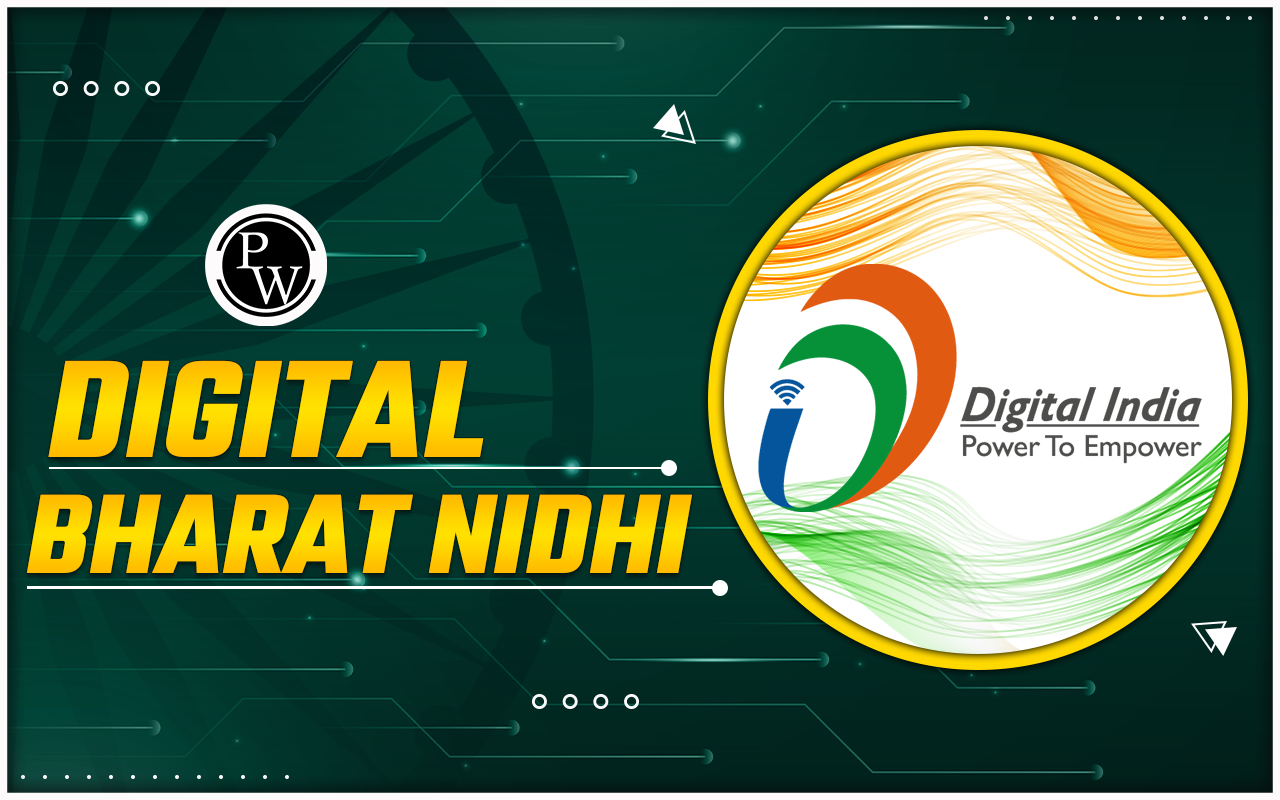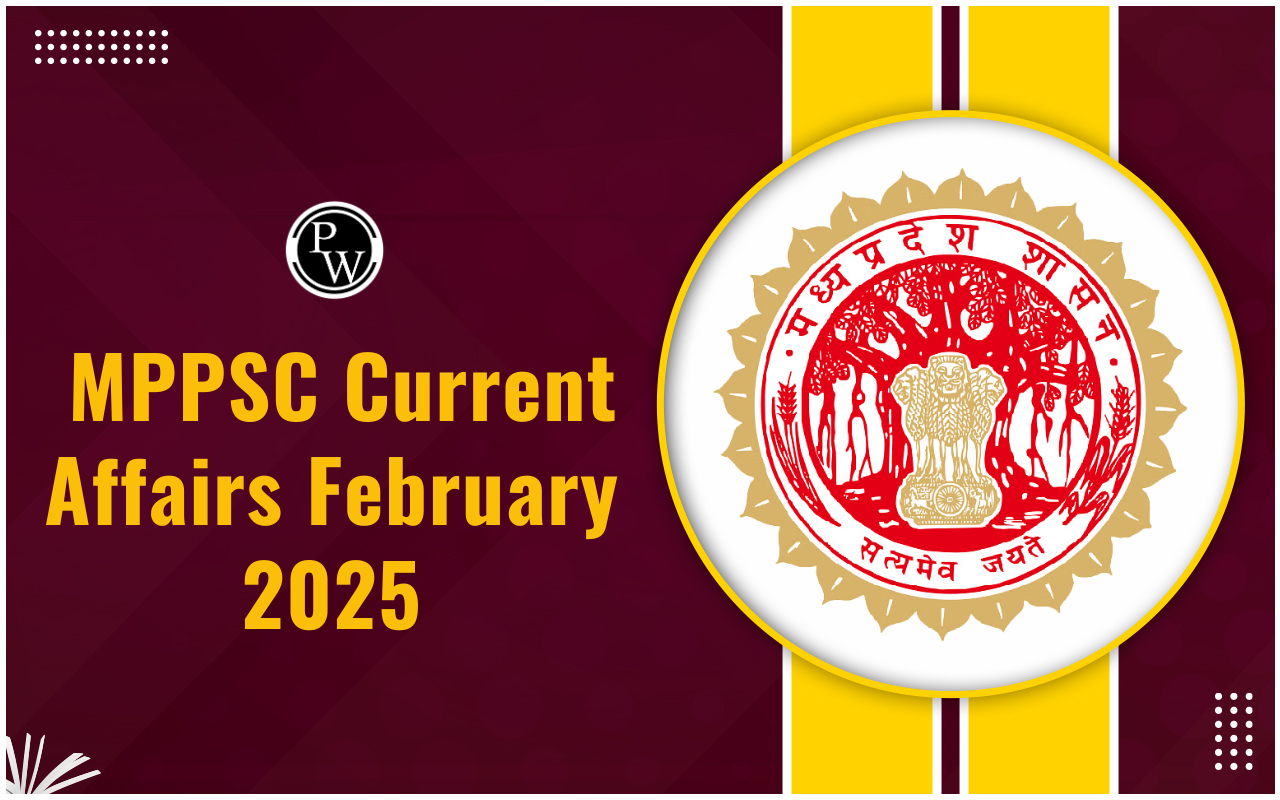
Nationalization of Banks: Currently, the Indian banking system is divided into commercial banks, cooperative banks, regional banks, etc. There are two types of banks in commercial banks, state banks and private banks. An important event in the history of banking in India is the nationalization of banks. Thus India became the leading economy of the world. In this article, we will give you a brief overview of the Nationalization of Banks in India.
Nationalization of Banks
The first Indian bank to be nationalized was the Reserve Bank of India in January 1949. Another 14 banks were nationalized in July 1969. Bank of India, PNB and many others were part of this nationalization. While in the next phase of nationalization, 6 more commercial banks were nationalized in 1980. These included Vijaya Bank, New Bank of India, Corporation Bank and others. The need to nationalize banks arose for several reasons. They served the needs of large business houses and large industries. In addition, sectors such as export, agriculture and small-scale industry lagged behind. The poor masses of India drove out the moneylenders. All this was considered in connection with nationalization of banks. Regional Rural Banks (RRBs) have also been established in rural India. The aim was to serve the large masses of the unreserved rural population. The special requirements of various sectors such as foreign trade, housing and agriculture have been met. This was achieved through the establishment of NABARD, NHB, SIDBI and EXIM.Benefits of Nationalization of Banks
- After the nationalization of the banks, the Indian branches of the public sector bank increased by around 800% in deposits and advances by a who whopping 11,000%.
- State banking has given the public implicit trust and enormous confidence in the sustainability of the banks.
- Indian banks were no longer limited to metropolitan or cosmopolitan operations. In fact, the Indian banking system has reached even the remotest corners of the country.
- This is one of the main reasons behind India's growth process, especially in the Green Revolution.
- The purpose of nationalization is to promote the rapid growth of agriculture, small industry and export, to encourage new entrepreneurs and to develop all backward areas.
- Government deposits in the bank have grown so much that leaving them to the private sector can be a challenge.
- Banks have done damage to the economy by promoting lending to speculators and the non-priority sector.
- Balance of payments crisis In 1991 the era of liberalization, privatization and globalization began. However, political control of bank lending continued even after the 1991 reforms, culminating today in the bad credit or non-performing asset crisis that has slowed India's economic growth.
History of Nationalized Bank
After independence, several banks started operations during that period. These banks continue to operate today as Bank Of India, Allahabad Bank and Punjab National Bank. It turned out that this period was a merger period with several banks. Imperial Bank is a notable example because the Bank of Bengal, Bank of Madras and Bank of Bombay were later merged into the Reserve Bank of India. The second phase started from 1947 to 1991, which is mainly called the period of nationalization of Indian banks. Indira Gandhi came up with a plan to support the central Indian government. Soon after, in 1969, the Government of India began issuing banking regulations. After two weeks of difficulty regulation, Parliament passed the Banking Companies (Acquisition and Transfer of Companies) Act. As a result, banks like Bank of India, Allahabad Bank, Union Bank of India, Bank of India, UCO Bank, Bank of Maharashtra, Punjab National Bank and Canara Bank were nationalized. In 1980, the second round of nationalization began when six more banks were nationalized, Oriental Bank of Commerce, Vijaya Bank, Punjab and Sind Bank, New Bank of India, Corporation Bank, Andhra Bank. The main reason was to give credit to the Government of India. In the second round of nationalization, the government regulated approximately 91 percent of the country's banking activities. The third phase began in 1991. It continues to this day. During this period, the liberalization policy was duly followed and as a result some banks were licensed. They were called new generation banks. These banks are also technically related to Indian bank names. UTI Bank, HDFC Bank, Oriental Bank of Commerce, ICICI Bank and IndusInd Bank. The three branches of the bank, viz. private, state and foreign bank branches, offered their best to promote the national economy. Banking liberalization in India resulted in the emergence of several private banks.Nationalization of Banks FAQs
Q1. What is Nationalization of Banks?
Ans. Nationalization of Banks entails placing the banks under the control of the government subject to Banking Regulation Act of 1949
Q2. Which is the first Nationalized Bank?
Ans. Reserve Bank of India (RBI) is the first Nationalized Bank.
Q3. What are the advantages of Nationalization of Banks?
Ans. You can get the details of the advantages of Nationalization of Banks.
Q4. What is History of Nationalization of Bank?
Ans. The first Indian bank to be nationalized was the Reserve Bank of India in January 1949. Another 14 banks were nationalized in July 1969. Bank of India, PNB and many others were part of this nationalization. While in the next phase of nationalization, 6 more commercial banks were nationalized in 1980.
🔥 Trending Blogs
Talk to a counsellorHave doubts? Our support team will be happy to assist you!

Check out these Related Articles
Free Learning Resources
PW Books
Notes (Class 10-12)
PW Study Materials
Notes (Class 6-9)
Ncert Solutions
Govt Exams
Class 6th to 12th Online Courses
Govt Job Exams Courses
UPSC Coaching
Defence Exam Coaching
Gate Exam Coaching
Other Exams
Know about Physics Wallah
Physics Wallah is an Indian edtech platform that provides accessible & comprehensive learning experiences to students from Class 6th to postgraduate level. We also provide extensive NCERT solutions, sample paper, NEET, JEE Mains, BITSAT previous year papers & more such resources to students. Physics Wallah also caters to over 3.5 million registered students and over 78 lakh+ Youtube subscribers with 4.8 rating on its app.
We Stand Out because
We provide students with intensive courses with India’s qualified & experienced faculties & mentors. PW strives to make the learning experience comprehensive and accessible for students of all sections of society. We believe in empowering every single student who couldn't dream of a good career in engineering and medical field earlier.
Our Key Focus Areas
Physics Wallah's main focus is to make the learning experience as economical as possible for all students. With our affordable courses like Lakshya, Udaan and Arjuna and many others, we have been able to provide a platform for lakhs of aspirants. From providing Chemistry, Maths, Physics formula to giving e-books of eminent authors like RD Sharma, RS Aggarwal and Lakhmir Singh, PW focuses on every single student's need for preparation.
What Makes Us Different
Physics Wallah strives to develop a comprehensive pedagogical structure for students, where they get a state-of-the-art learning experience with study material and resources. Apart from catering students preparing for JEE Mains and NEET, PW also provides study material for each state board like Uttar Pradesh, Bihar, and others
Copyright © 2025 Physicswallah Limited All rights reserved.
Get App









